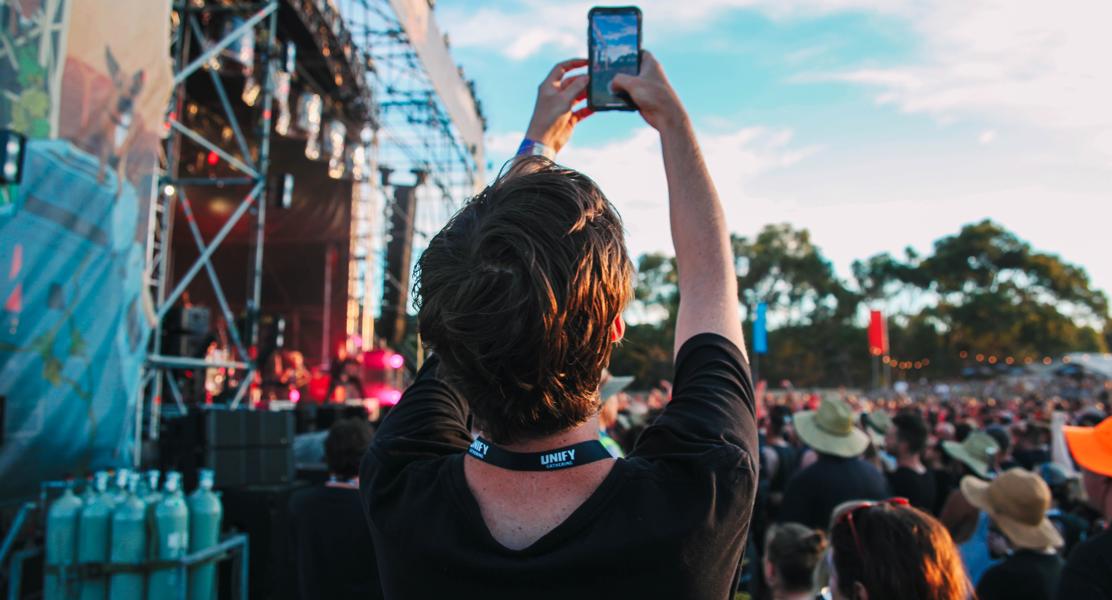
Author
Reading Time
5 minutes

Freelancing is a popular way for creatives to sell services and remain flexible in their time. Back in 2017, an Australian study found that there were 4.1 million freelancers in Australia, 47% of whom were under 35 years old. Their reasons for freelancing were simple enough: it gave them flexibility and freedom, along with the ability to pursuit of personal passions while getting paid to build new skills.
If freelancing is something you're curious about or wanting to start with the skills and industry connections you've gained at Collarts, then here's what you need to know on how to get started.
This sounds way scarier than it actually is. To start freelancing in any capacity, you’ll need an Australian Business Number. An ABN is a unique 11-digit code that distinguishes you from other businesses, and you need one before you can start sending out invoices and earning income. An ABN is actually super easy and simple to get—all you have to do is head to abr.gov.au and provide some basic personal details to get your ABN in a matter of minutes. Always double-check your application before submitting it and as a side note, if you’re freelancing and don’t employ anybody else, you’ll only need to register as a ‘sole trader’.
It pays (literally) to wrap your head around what an invoice involves. Most freelancers use invoices to manage payments, and there's typically two ways to go about this. The first is to send an invoice after the work is completed (often explaining the billable hours and how they were used) or before a project is completed (if a lump sum has been agreed upon upfront). You can find many invoice templates online, however, as a general guide, every invoice should include:
Trying to receive work as a freelancer when you're first starting can definitely be a challenge. The good news is, you can approach this in different ways depending on what work you want to freelance in. While you may already have industry connections that you can reach out to for possible work, one of the best ways is to connect with people, publications or companies you admire. Along with this, websites like Upwork, Toptal, Freelancer, Airtasker and, of course, LinkedIn are great ways to see who could use your skills. A simple introduction on yourself, pitch (if you have an idea you want to get paid for creating) or what you want to offer in terms of services is a great way to start building freelance relationships.
One of the best things about being a freelancer is that you have the opportunity to set your own rate. If you're just starting to freelance, this can sound daunting. While some employers might have a fixed rate that they pay, others will ask you for a quote. When figuring out how much to charge, the best thing is to research the market rate for somebody with your skills and level of expertise in order to give yourself a general idea. You can then refine this number by asking questions like: is this rate covering my total costs? How long will the work take? What else will I be working on during this time? There's no right or wrong way to set your rate, but you should have the confidence to breakdown your costs to work out what's right for you.
If you like working in a quiet space then work in a quiet space. It sounds superficial, but it’s not. If your workspace is disruptive or uninspiring, you’ll end up associating these negative feelings towards your workspace and subconsciously want to avoid being productive. The best way to make your workplace you mate is to find a corner in your home that you can work effectively. Whether that's in a well-lit space, a pretty colourful desk or surrounded by house plants, it's really up to you. Co-working spaces are also a great way to get your brain into "work mode" or simply spending a few hours at your local coffee shop getting things off your to-do list. In short, freelancing comes with flexibility, so take advantage of it!
Once you have a steady flow of work, it can be easy to take on too much while trying to balance work with your studies. As a freelancer, when opportunities come our way we can feel a sense of responsibility (and gratefulness) on making all our connections happy at the sacrifice of our own productivity and mental health. As a freelancer, a majority of your work will have a timely due date, and learning how to to manage your time requires self-discipline. This means knowing your productive boundaries—how much work you are capable of doing without it impacting your health and output—and when to say "no" to an offer. Trust us, another offer will come. Nothing is worth burnout, bad creative output or the cost of your health.
While freelancing is a great way to work flexibility or earn money on the side, don't forget that you still must pay taxes as a freelancer. If you earn more than $4,000 per year from your freelancing job, you’re eligible for the ATO’s pay-as-you-go service, which will allow you to spread your tax payments across the financial year instead of getting smacked by a lump sum at the end of June. Get into the good habit of regularly setting aside money for tax—you can use the ATO’s tax withheld calculator to figure out exactly how much you’ll need to pay. We also recommend you put aside some money for your own Super, and this can be done by depositing a percentage of your paid invoice after tax.